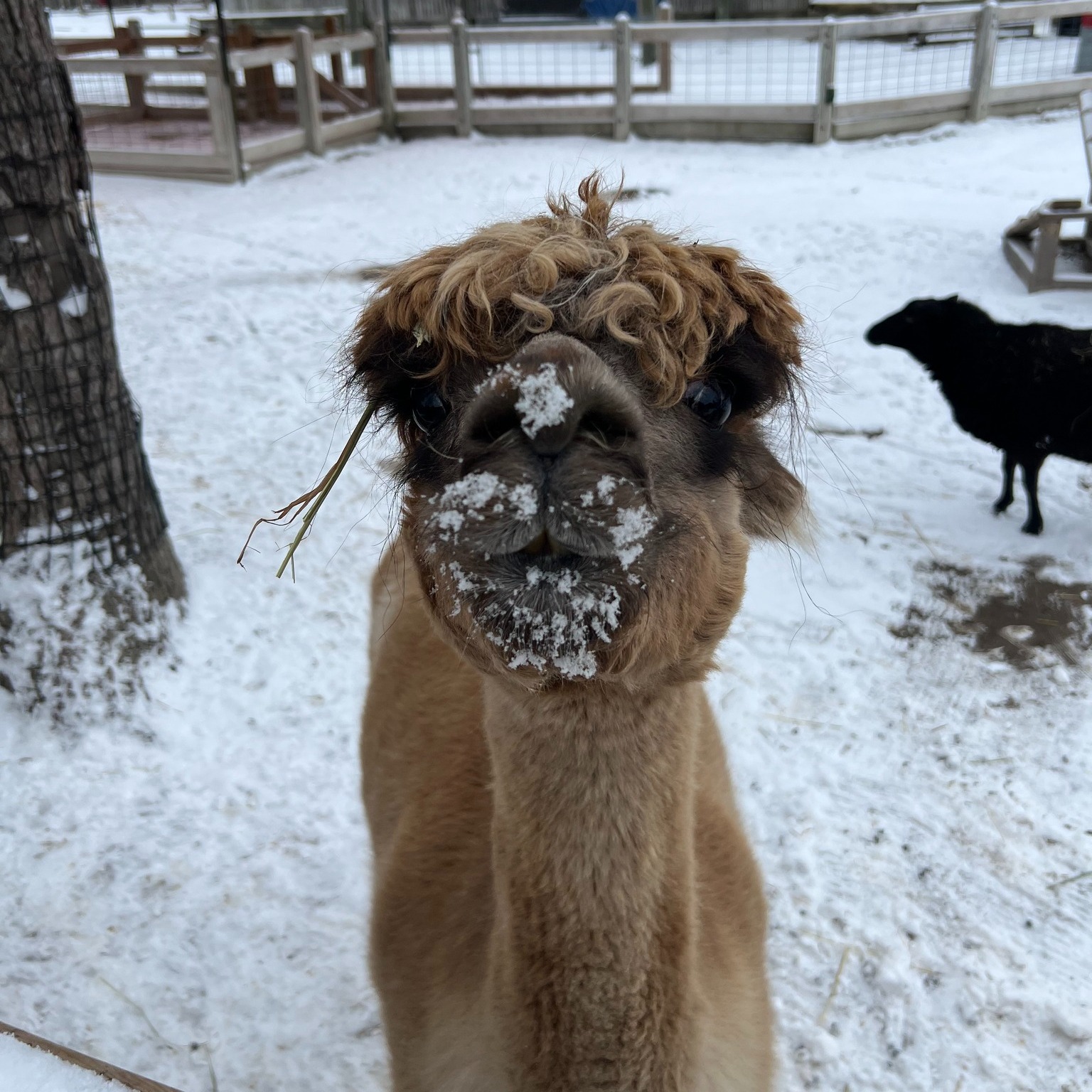- Insights into the intricate behaviors and adaptations of wildlife within zoo environments.
- The role of zoo management in conservation efforts and species preservation.
- Challenges and strategies in wildlife conservation, focusing on the global perspective.
- Innovative educational approaches in zoological settings to promote conservation awareness.
- Collaborative efforts between zoos and conservation organizations to safeguard biodiversity.
Zoos play a vital role in the preservation and understanding of wildlife. They serve as sanctuaries for endangered species and educational hubs for the public. The behaviors and adaptations of animals in captivity are shaped by both their innate instincts and their immediate environment. Understanding these dynamics helps improve animal care and supports conservation efforts. Animals in zoos often display behaviors that inform us about their natural instincts. While some behaviors are innate, others are learned through interaction within their environment. These behaviors can sometimes differ from those observed in the wild due to environmental constraints and interactions with humans.
Adaptations in zoo settings may include changes in dietary preferences and social interactions. These adaptations are crucial for the well-being of animals, as they provide insights into their health and stress levels. Monitoring these behaviors is essential for zookeepers and managers to create environments that mimic natural habitats as closely as possible. Enrichment programs are key in mimicking natural activities. Such programs include a variety of exercises that stimulate the animals both mentally and physically. For instance, placing food in difficult-to-reach areas encourages problem-solving, which replicates the foraging activities they might do in the wild.
Zoo management is at the forefront of conservation efforts. Effective management ensures that zoos fulfill their dual role as custodians of animal welfare and educators of the public. This requires a careful balance between resource allocation for animal care and the development of engaging public programs. Modern zoo management involves a multidisciplinary approach. Teams of veterinarians, ecologists, and educational specialists work in tandem to develop comprehensive care plans for the animals. These plans encompass everything from nutritional needs to health checks and behavioral enrichment strategies.
A significant aspect of zoo management is breeding programs intended to protect species from extinction. These programs are often coordinated on a global scale, with zoos exchanging animals to prevent inbreeding and enhance genetic diversity. Technology plays a pivotal role in these efforts, aiding in tracking the health and lineage of captive animals. These programs aim to eventually reintroduce animals into the wild, strengthening dwindling populations. Successful breeding programs also offer valuable genetic data, increasing understanding of various species.
Wildlife conservation extends beyond the confines of zoological institutions. It encompasses global efforts to protect habitats and ecosystems. Conservation challenges include habitat destruction, climate change, and poaching. Addressing these issues requires coordinated strategies involving governments, NGOs, and local communities. One cornerstone of effective wildlife conservation is habitat preservation. Efforts focus on maintaining and, where necessary, restoring natural environments essential for the survival of both local and migratory species. Initiatives range from large-scale reforestation projects to legal protections for vulnerable areas.
International cooperation enhances the scope and impact of conservation initiatives. Treaties and agreements facilitate the sharing of resources and knowledge between countries. Global databases track endangered species, helping to orchestrate international responses to their conservation needs. Local engagement is equally crucial, encouraging communities to participate in and benefit from conservation activities.
Education is a potent tool in the conservation arsenal. Zoos utilize interactive exhibits and programs to educate the public about the importance of biodiversity and the threats facing it. By fostering a deeper understanding and appreciation of wildlife, these educational efforts inspire conservation actions that extend beyond zoo gates. Educational programs may include guided tours, workshops, and lectures that cover a range of topics, from the habits of individual animals to the larger ecological issues affecting entire species. Innovative technologies such as virtual reality bring distant ecosystems to life, allowing people to experience environments they would otherwise never encounter.
Moreover, school outreach programs aim to instill conservation values from a young age. By partnering with educational institutions, zoos can align their programs with school curricula, creating a seamless integration of classroom learning and real-world application.
The collaboration between zoos and other conservation organizations is imperative in the fight against biodiversity loss. These partnerships leverage the strengths of different entities, combining research, education, and on-the-ground conservation initiatives. Collaborative projects often focus on regions and species at imminent risk, requiring swift and concerted actions to prevent irreversible loss. For instance, joint efforts might involve coordinated breeding programs or habitat restoration projects that bridge the expertise and resources of multiple organizations. These partnerships also maximize manpower and financial resources, reducing overlap and increasing the overall effectiveness of conservation efforts.
Research is a critical component of these collaborations. Studies conducted in zoos contribute to understanding species biology and inform conservation strategies. Partnerships with academic institutions help advance scientific knowledge, with findings published in peer-reviewed journals and disseminated through global networks. These initiatives highlight the essential role that zoos play as both educators and active participants in wildlife conservation. They provide a platform for understanding the intricate web of life and illustrate how collective efforts can lead to sustainable solutions for preserving our natural heritage.
*****
Source Description


